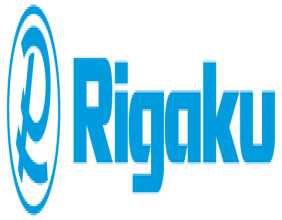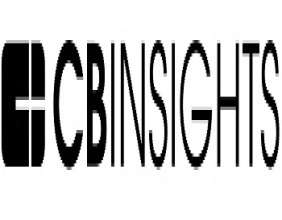Highlights
- A credit line leveraging home equity as collateral.
- Functions as a second mortgage from mortgage lenders.
- Offers flexible borrowing based on accumulated equity.
A Homeowner's Equity Account is a financial tool that allows homeowners to access a line of credit by leveraging the equity they have built up in their property. Equity, in this context, refers to the difference between the current market value of the home and the outstanding balance on the mortgage. Essentially, it represents the portion of the property that the homeowner truly owns. Mortgage lenders offer this credit line as a second mortgage, using the accumulated equity as collateral, making it a secured form of borrowing.
One of the primary advantages of a Homeowner's Equity Account is the flexibility it offers. Unlike a traditional loan that provides a lump sum upfront, this credit line works more like a credit card. Homeowners are approved for a maximum borrowing limit but have the freedom to withdraw only the funds they need, when they need them. They are also required to pay interest only on the amount they actually use, rather than the entire approved amount. This feature makes it an attractive option for managing expenses that are variable or ongoing, such as home renovations, medical bills, or educational expenses.
Since the Homeowner's Equity Account is secured by the equity in the property, it typically offers lower interest rates compared to unsecured loans, such as personal loans or credit cards. This is because the risk to the lender is mitigated by the collateral provided by the home. However, it also means that failing to meet the repayment obligations can have serious consequences, including the possibility of foreclosure, where the lender can claim the property to recover the outstanding debt.
To qualify for a Homeowner's Equity Account, homeowners need to have a significant amount of equity built up in their property. Lenders typically require that the combined total of the first mortgage balance and the credit line does not exceed a certain percentage of the home's market value, commonly referred to as the loan-to-value (LTV) ratio. The LTV ratio requirements vary by lender, but generally, the total borrowing should not exceed 80% of the property's value. This ensures that the homeowner retains some ownership stake in the property, reducing the lender's risk.
The repayment structure for a Homeowner's Equity Account is generally divided into two phases: the draw period and the repayment period. During the draw period, which typically lasts 5 to 10 years, homeowners can borrow from the account as needed and are required to make interest-only payments. Once the draw period ends, the repayment period begins, during which no further borrowing is allowed, and the homeowner must repay both the principal and the interest, usually over a period of 10 to 20 years. This two-phase structure provides flexibility in managing cash flow, especially for expenses that are spread over several years.
Homeowner's Equity Accounts offer several benefits, but they are not without risks. The most significant risk is the potential for foreclosure if the homeowner fails to make the required payments, as the property is used as collateral. Additionally, fluctuations in the real estate market can impact the value of the property, which could result in the homeowner owing more than the property is worth if housing prices decline. Therefore, it is essential for homeowners to carefully consider their financial situation and future income prospects before opting for this type of credit line.
Conclusion
A Homeowner's Equity Account is a flexible and cost-effective borrowing option for homeowners who have built up significant equity in their property. It provides access to a revolving line of credit with lower interest rates compared to unsecured loans, making it a popular choice for funding major expenses. However, since the property serves as collateral, there are inherent risks, including the potential loss of the home if repayments are not met. Homeowners should weigh the benefits against the risks and evaluate their long-term financial stability before leveraging their home equity for credit.
_02_24_2025_08_03_47_631455.jpg)



